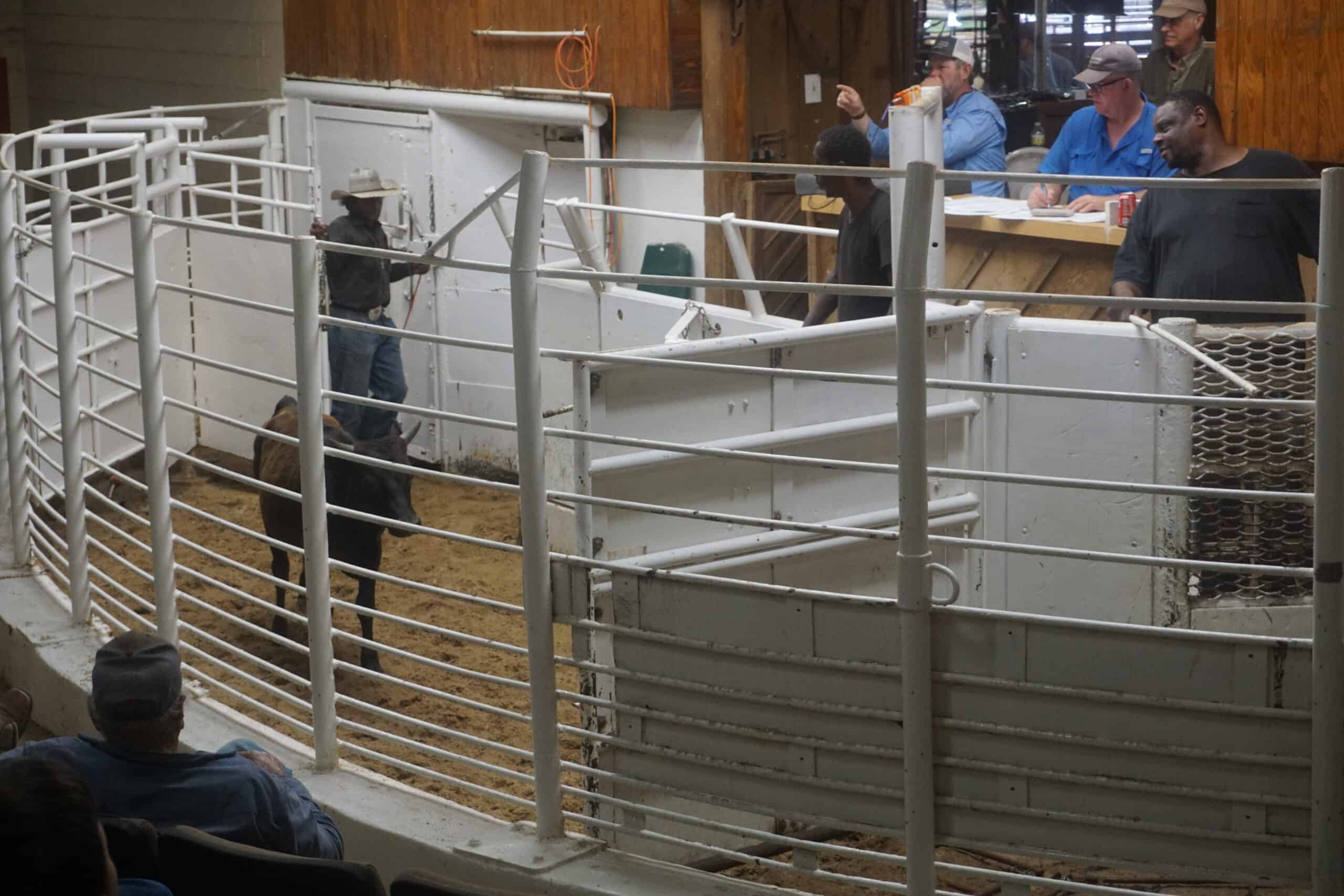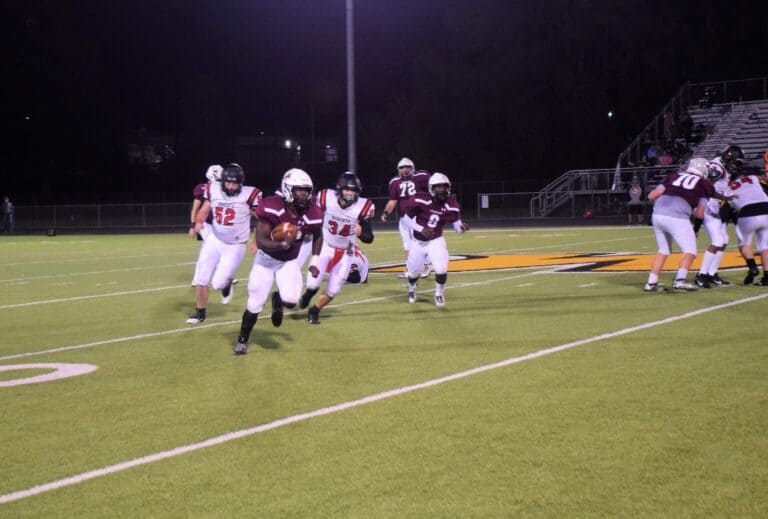THE NEW CATTLE RUSH IS ON

By Greg Ritchie
Messenger Reporter
EAST TEXAS – Texas has the largest population of cattle in the U.S. and the image of the rough-riding cowboy is known around the world. In fact, July 12 is cow appreciation day.
These days with most of the wagon trails and gunfights behind us, the cattle industry is very much a business. A big business to be sure, but with rising inflation, feed and fuel costs, a business in trouble this year.
Many ranchers have decided to slaughter or sell their herds faster and earlier than usual. Attendance at cattle sales and auctions around the state is bringing long lines of trailers to bring their livestock to market.
The weekly cattle auction held in Crockett on Tuesday July 12 was no exception. Sellers and buyers both crowded the East Texas Livestock (ETL) showroom on Highway 7.
Before the auction began, the parking lot was already full and over 2,500 cattle had already been registered with more on the way. Kids giggled at the calves as the grown-ups got down to business.
As the auctioneer began his rhythmic language, understood only by a select few, the auction was under way. Only time will tell the full impact of this year’s cattle market on beef prices at the supermarket next winter.
Paul Craycraft runs the ETL with his son and has been running these auctions since the business opened in 1981. Craycraft expected up to 3,000 head to move through the auction Tuesday, which is high for this time of year.
“It’s heavier than normal,” Craycraft said. “Normally you don’t see this size of runs until fall. But the drought has forced people to take an earlier look at selling. We are seeing pastures drying up and cattle are not really gaining weight because of a lack of forage. Lack of hay is now beginning to be a problem.”
The intense heat and near drought conditions have especially impacted the western part of the state, but Houston and surrounding counties have also been impacted.
“From what I understand, we could have somewhere around 3 million fewer beef cows by the first of the year,” Craycraft warned.
The weather is not the only factor driving the possible lack of cattle. Demand for American beef is up, with China now becoming the third largest purchaser of American beef. In June, over a billion dollars’ worth of beef was shipped out of the country with Japan and South Korea taking the first and second spots of buyers of American beef.
Another factor Cray craft noted was the general state of the economy, which has hit cattle ranchers particularly hard. Inflation to interest rates have all taken their toll on beef prices around the country, which is another risk to the industry.
“If you are on a fixed income and beef continues to get more expensive, when do people move over to a different protein?” Craycraft worried.
Greg Ritchie can be reached at [email protected].




